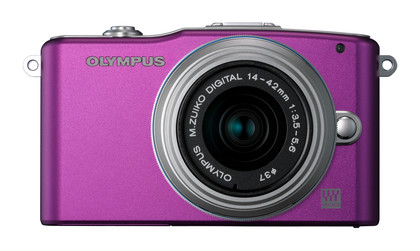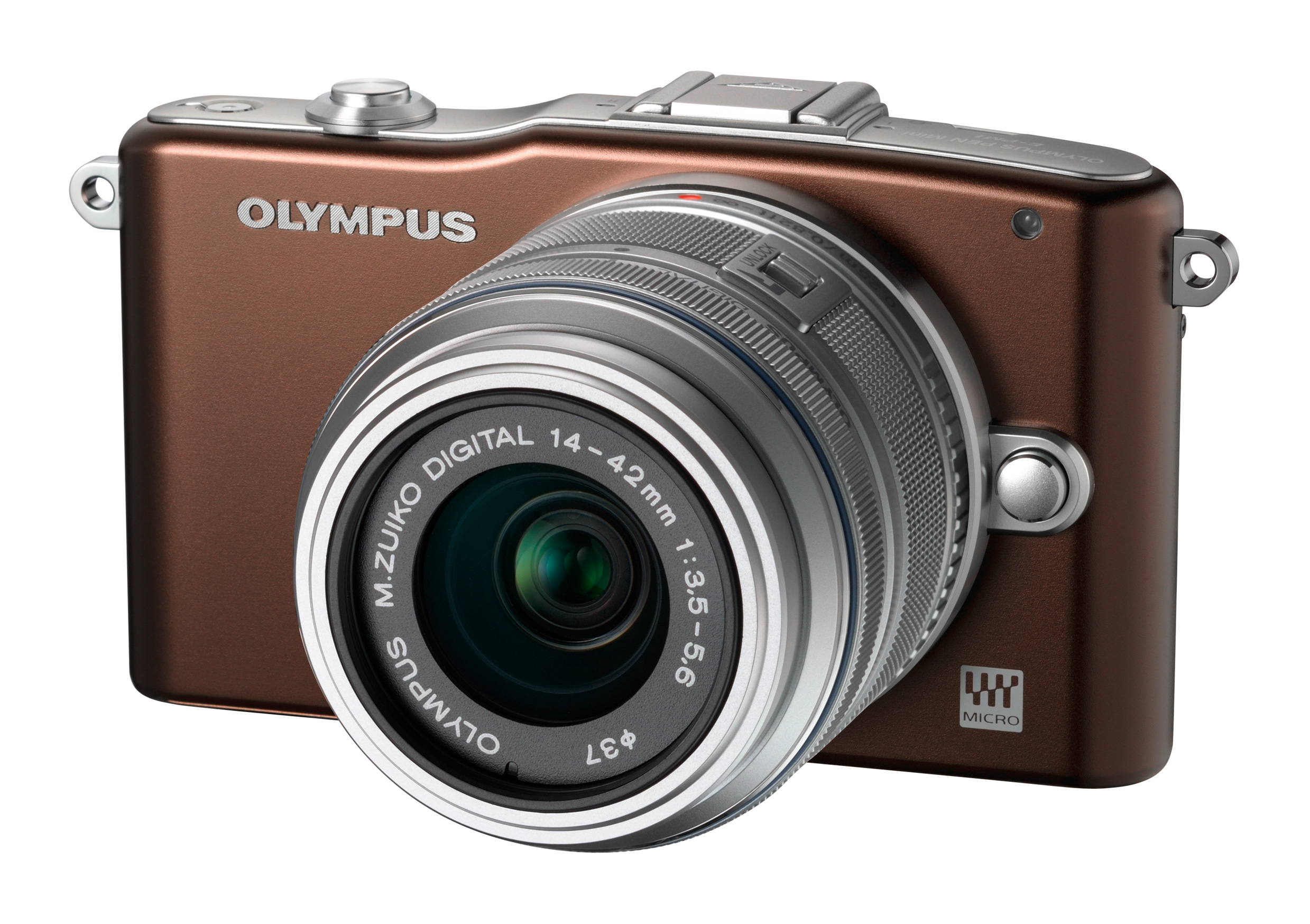Why you can trust TechRadar

Five metering options are provided on the Olympus PEN Mini E-PM1, including ESP multi-segment, centre-weighted, spot, spot highlight and spot shadow. The ESP multi segment metering performs well in a wide variety of conditions, but just like any averaging system, care may need to be taken when metering high contrast scenes. Three stops of exposure correction either side of the metered value can be applied, which is a larger range than many cameras provide.
Auto white balance strikes a good balance between correcting colour casts under various lighting conditions without ruining the atmosphere of the ambient conditions. Shots taken in daylight are occasionally a little cooler than is preferable, and images taken under tungsten lighting benefit from using the dedicated preset.
The TruePic VI image processor does an excellent job of producing sharp, colourful JPEG images straight from the camera with good detail in both shadows and highlights.
There is little discernible difference between JPEGs straight from the camera and raw files processed using the software supplied in the kit in terms of quality and detail levels. Slightly more dynamic range is recorded in raw files, but (as usual) noise levels are better controlled in JPEG images at high sensitivities.
As far as noise control and dynamic range are concerned, the Four Thirds format Live MOS sensors used in Olympus and Panasonic cameras have improved noticeably over the last year or so. This improved performance can be seen in the Olympus PEN Mini E-PM1, with images taken up to ISO 800 showing no significant signs of noise with plenty of fine detail still retained.
The autofocus system generally performs well and is very speedy in good light. When light levels fall, however, it slows and becomes more hesitant.
